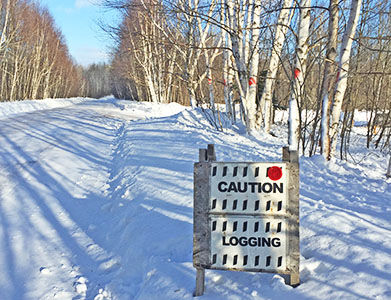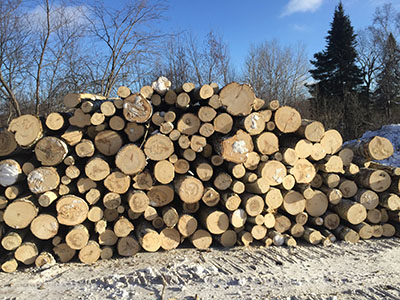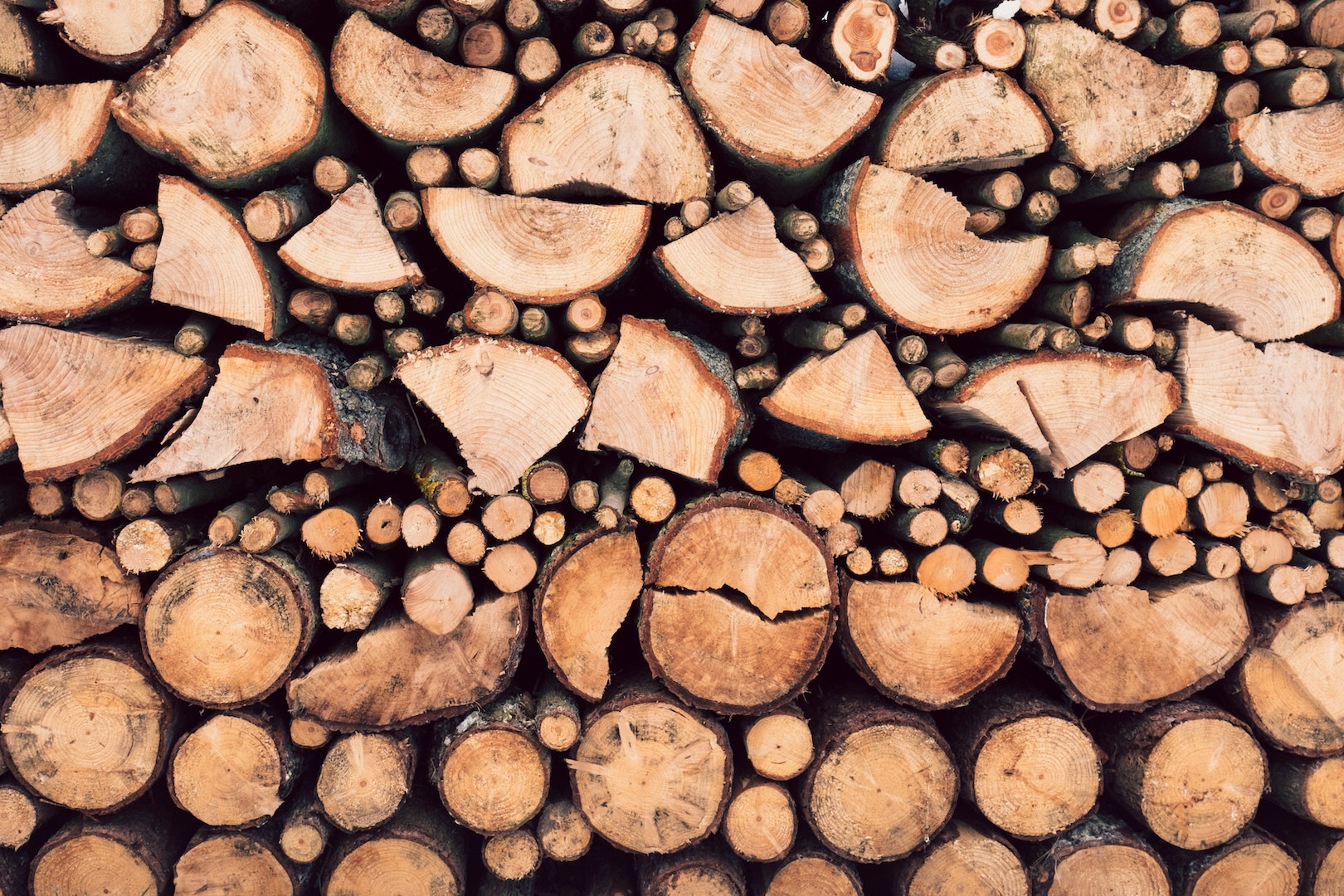By David Stieler
David is a Wolf Ridge naturalist and part of the program team. His focus is on the natural and cultural history of the North Shore. Did you know that water is at its densest at 39°F? This allows seasonal turnover of lakes in the fall and spring!
A forest can seem very constant, immovable, and unchanging.
It is easy to get lulled into a sense that a specific forested area has always been here and will always be here. However, this is actually far from the truth. A forest is a living system, and like any living thing, there is constant movement, change, and growth.

In minute detail, you will find trees fallen over in windstorms with smaller trees of either the same or different species growing up underneath. You may see underbrush taking over under the canopy of sun-loving trees. On any given day, you might see a red squirrel grab a pinecone and move it from under its parent tree to another area much farther away from where it could have possibly reached on its own.
There are also longer, larger-scale changes that are happening.
Forest succession is a constant process, allowing new forest types to take over the currently existing ones. An ice storm could come through and destroy or bend hundreds of trees at a time. Climate change is also affecting the survivability of new seedlings and the species of trees that will be able to grow in the forests throughout the world.

There are also changes that happen due to human intervention. There are two different interventions Wolf Ridge has done in the past; one, remove trees; two, plant trees. Enter our current forestry project, which includes both of these interventions.
Logging has just begun on a project that is grant funded by the National Resource Conservation Service (NRCS) and based on the forestry stewardship plan created for Wolf Ridge in 2015. When the plan was developed, there were two stands of aspen trees identified as being over-mature and not matching well with the soil type. These stands are labeled as Stand 5 and Stand 17 in our forestry stewardship plan. Stand 5 consists of 9 small groupings of aspens amongst thick brushland. Stand 17 is a stand that is completely connected in one large triangle.
The concern with just leaving these two stands alone is that as the aspens die, they are going to be replaced almost solely by the brush growing up underneath them and become a meadow area. This is problematic because it is a good golden-winged warbler area right now, with stands of trees adjacent to meadowland. An area covered only in meadow and brush is not a great habitat for these birds. Therefore, Wolf Ridge is hiring a logger to take about half of the trees out of these areas in strips, allowing mature trees to stay in the stands while letting a younger class of trees continue to grow up so there is not an interrupted period without trees.
The two stands will be dealt with in different ways.
Stand 5, will be cut in smaller, 30-60’ strips that will allow room for the planting of hardwoods but should not allow full sun on the forest floor in order to reduce the number of new aspens sprouting up. This stand will then be planted with a variety of hardwood trees. The hardwoods being planted include basswood, sugar maple, red oak, and yellow birch. These are climate-adaptive trees that will create a more robust forest as the climate changes.
In Stand 17, we are trying to encourage a new class of aspens to grow by cutting larger, 60-100’ strips, so the sun can reach the forest floor. Again, this will prevent the current mature class from all dying within too short of a time and the whole area being taken over by meadow.
This project is planned to go through the spring of 2019 when the trees will all be planted.

